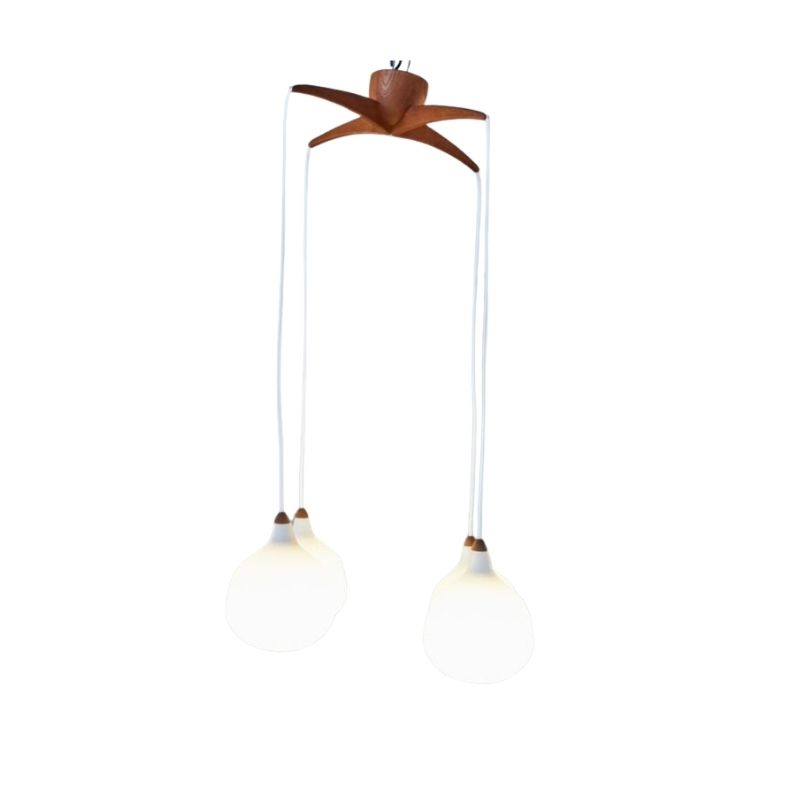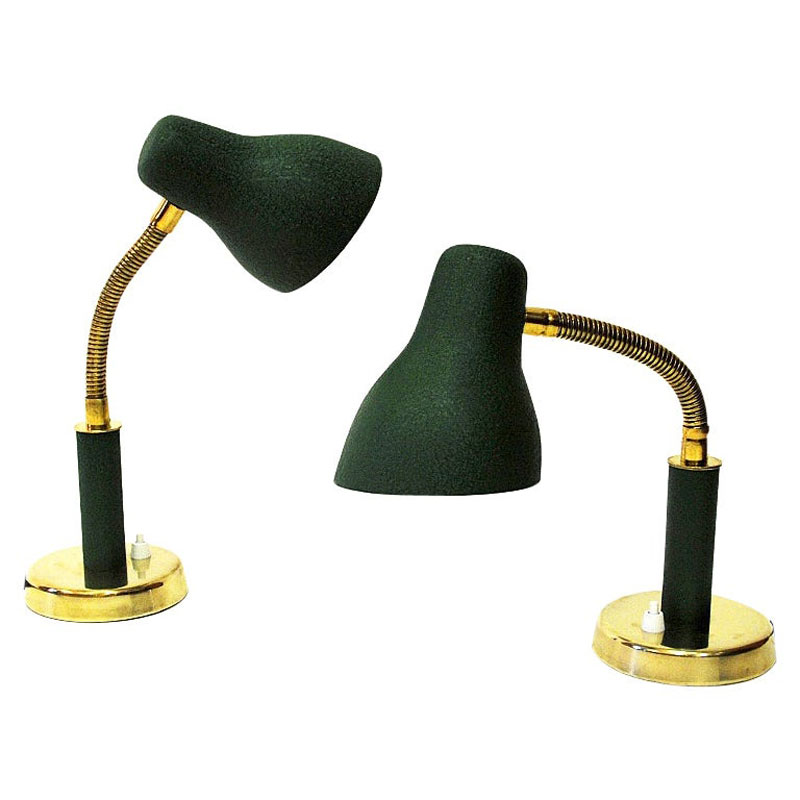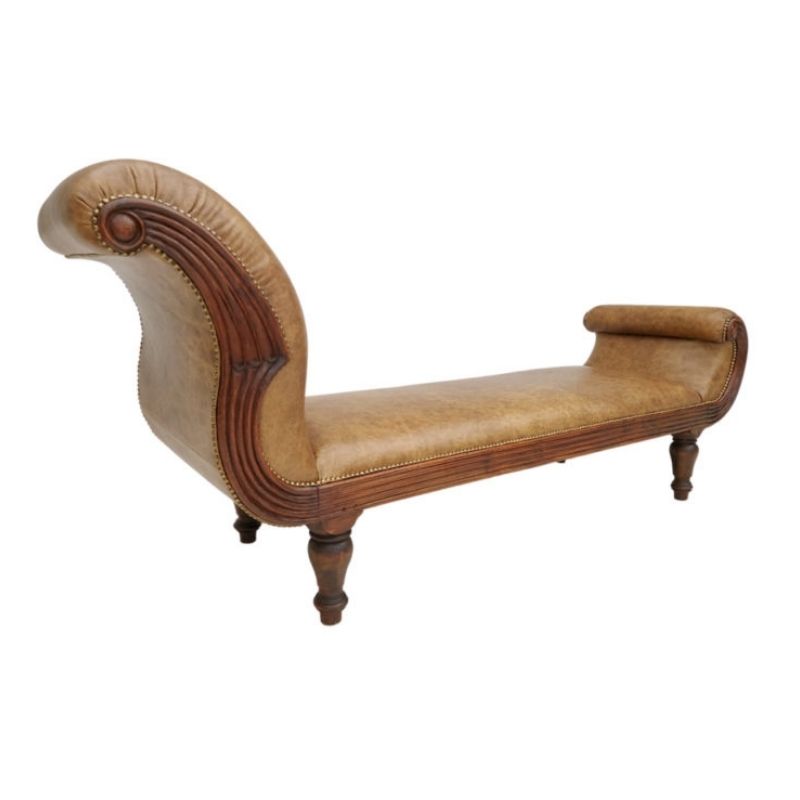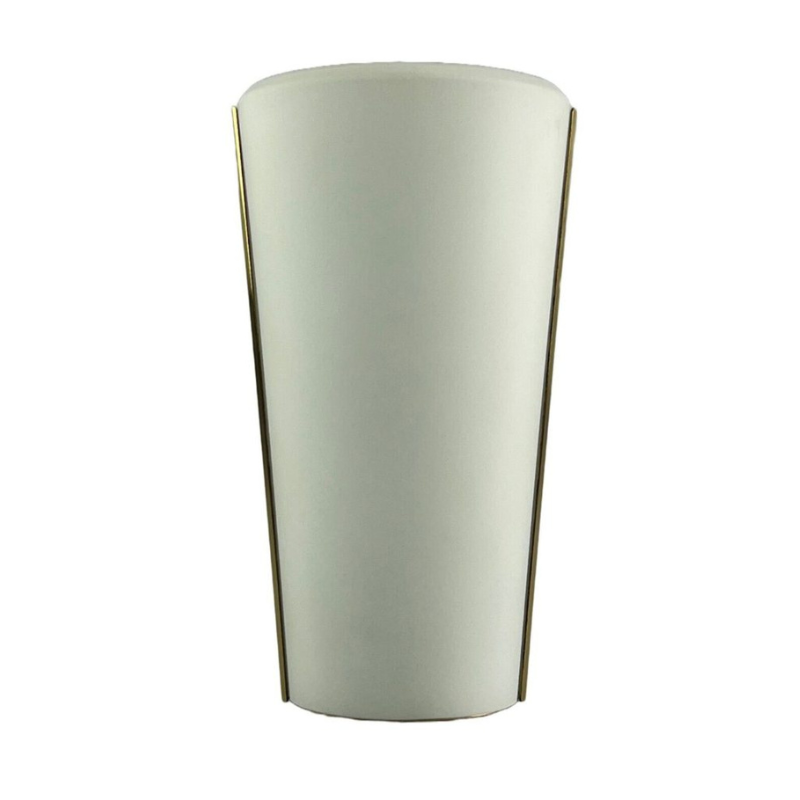Not 100% sure if this dresser is but between the mid 1940s to early 1950s, there were goods from Japan exported to the USA to aid economic recovery after WWII & sold inexpensively to the public products that mimic the look of more expensive household items, some had labels or branding "Made in Occupied Japan" which is comparable to Made in Hong Kong in the 1970s, Made in Taiwan in the 1980s & Made in China or fill in the blanks other countries in the 1990s.
The writing & the sticker seems to overshadow used furniture usefulness or functionality?
Well, both kids and adults are capable of doodling on the underside of furniture when it's sitting around unused, drawers removed for cleaning, whatever.
The sticker might have been added by someone for whatever reasons. It's in Chinese and the character at the top that looks like a K is the one for "water"---not that that's much of a clue.
People also take their furniture with them when they move from one country to another. I did that. Somewhere in Denmark there is---or was--- an American oak pedestal table, circa 1900.
David S, going back to your initial post, you seem to describe your dresser construction as unique. I just remembered, Paul McCobb's Planner Group case goods for Winchendon from 1949 is constructed like this dresser. McCobb designed the Planner Group cabinets with economy in mind using the most common solid wood in the USA (maple & birch) & constructed & detailed the cabinets with volume production techniques. Sure it was not a cabinet maker piece but it was not cheaply made either making it the first modern modular furniture in the USA to reach most Americans & also the first to succeed commercially.
Do you think your dresser was a prototype by a well known designer or manufacturer?
If you consider that the dresser wants us to think it is Scandinavian then those drawer sides look very unusual for Scandinavian drawer construction. The solid teak drawer fronts is pretty uncommon. The the rabbeted rear edges for the drawer front are uncommon. The dovetails look machine cut but in a pattern ive never seen before. There is no dado drawer side which is uncommon and would generally only be used for the Danes when drawers were not stacked above each other. The individually framed holes for the drawers is very uncommon for Scandinavia, as pointed out here it looks like American construction there. The central runner underneath the drawer is uncommon, and again is usually see in American furniture.
So the dresser is not Scandinavian.
I suspect it was made in some part of the world where teak was plentiful, hence the solid teak drawer fronts. I suspect it was made at a time when there was a demand for Scandinavian looking teak furniture in the USA. So I would suspect it was made somewhere in Asia in the late 1960s or early 1970s. The mixture of Phillips and slotted head screws is suggestive of that time period. The non native English phrasing of
I asked somebody. The sticker is japanese. It says "highly water resistant plywood" and "Toyo Plywood Co." I am not sure if Toyo was the maker of the whole piece or maybe just a supplier for the plywood used. But you probably can say that there is a certain possibility this piece was manufactured in Japan.
"People buy a chair, and they don't really care who designed it." (Arne Jacobsen)
We have recently had some similar mysteries...
We recently acquired a dining set with a similarly mysterious origin. All solid teak construction. The chairs are nearly identical copies of Jens Risom Playboy chairs. The table is very very Danish looking. Clearly made by an accomplished cabinetmaker.
We also got two teak dressers based on Arne Vodder designs. These came with an estate full of Borge Mogensen hunting and Spanish chairs, Wegner Papa Bear ottoman, etc. The original owner's daughter told us the dressers had been custom made for her dad in Canada.
Perhaps your piece was made in a similar situation.
If you need any help, please contact us at – info@designaddict.com









